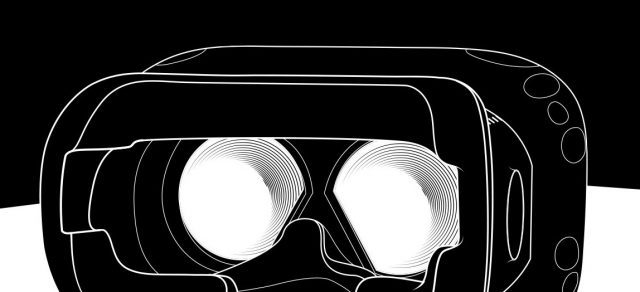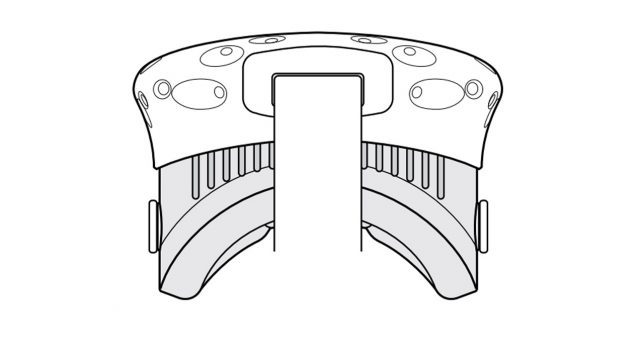HTC made a not so subtle tease today that a new version of the HTC Vive is on the way with improved resolution. While it doesn’t look like this will be positioned as a ‘Vive 2’, here’s what we could see from a ‘Vive 1.5’ when it debuts next week at CES on January 8th.
Which New Display?


An upgraded Samsung display seems like the most likely possibility, but there’s another option at play which could bring more than just improved resolution: a Vive 1.5 could use Valve’s new display and lens tech for VR, which it announced last year. The company said that new calibration software makes low-cost LCD displays viable for high-end VR headsets.
That could help the Vive compete on price against the Rift, which is now $400 to the Vive’s $600 MSRP. Valve says the same optics can be paired with OLED displays as well, though they are generally more expensive; the company is selling the tech for use in SteamVR headsets like the Vive.
SteamVR Tracking 2.0?

![]()
Gauging whether or not SteamVR Tracking 2.0 will make it into a Vive 1.5 is a tough call. On one hand, it would make sense, especially if it allows HTC to further reduce the cost of the headset—SteamVR Tracking 2.0 is said to use fewer components and have a simplified design, potentially reducing manufacturing and support costs. That helps with HTC’s bottom line which is important as the company is primarily a hardware manufacturer, and especially so given the company’s recent financial troubles.
On the other hand, this would likely require a more significant reworking of the manufacturing process, and if the company launched the headset with SteamVR Tracking 2.0 base stations, those would be incompatible with the original Vive—which would be a seemingly more appropriate move for a ‘Vive 2’ than a ‘Vive 1.5’.
The likely possibilities are that SteamVR Tracking 2.0 isn’t included at all in a Vive 1.5, or that the headset and controllers employ the SteamVR Tracking 2.0 sensors, but continue to be shipped with the 1.0 base stations.
The latter would ensure forward-compatibility with SteamVR Tracking 2.0 base stations when they arrive but ensure that all base stations out in the ecosystem work with all current Vive’s (since the SteamVR Tracking 2.0 base station only supports the 2.0 sensors, but the 2.0 sensors support 1.0 base stations). That would avoid fragmenting the tracking systems until a Vive 2 hits.
Knuckles Controllers?
Another piece of anticipated tech for the Vive is Valve’s ‘Knuckles’, controllers which the company debuted last year and has been refining ever since. We would love to see these new controllers—which are said to be a big step forward over the current Vive ‘wands’—ship with a Vive 1.5.
From a marketing standpoint, however, brand new controllers feel like more of a ‘Vive 2’ move. Especially because they aren’t just an ergonomic improvement, they also bring new features like finger tracking. Our bet is that a Vive 1.5 won’t ship with Knuckles, unfortunately.
– – — – –
It’s exciting to see a refreshed version of the Vive on the way, especially with Oculus saying that they don’t expect to release a Rift 2 in 2018. Whatever HTC ends up announcing, we’ll be there at CES next week on the 8th to find out. Stay tuned!

